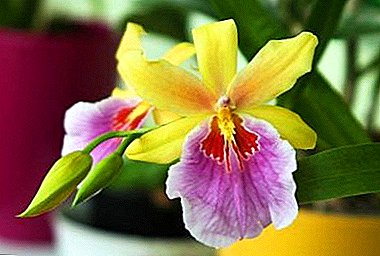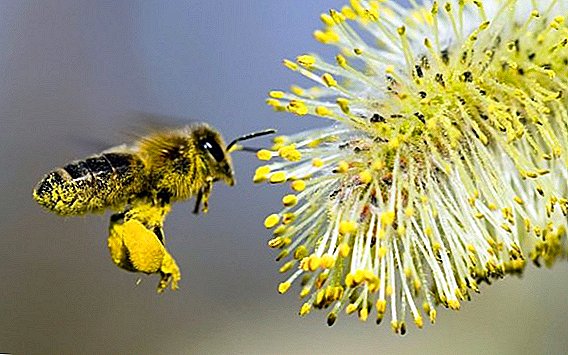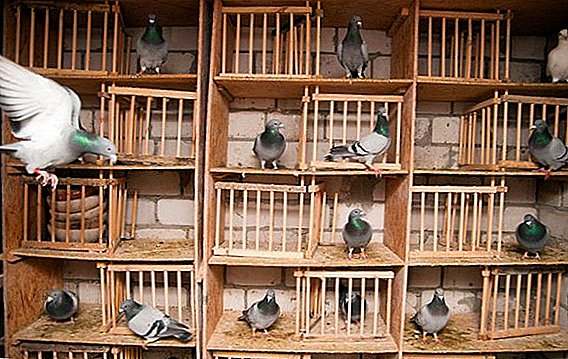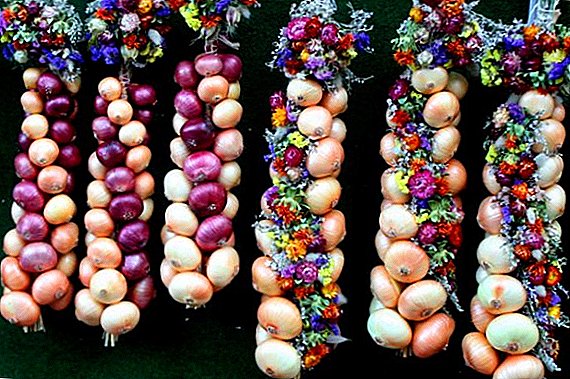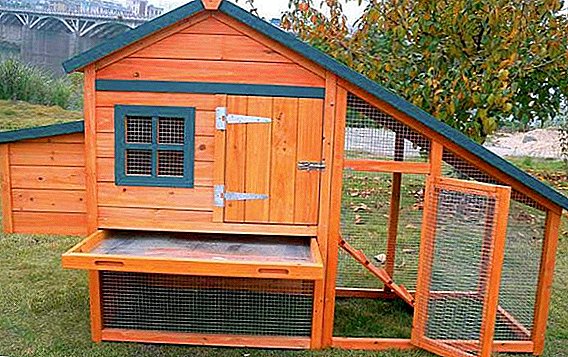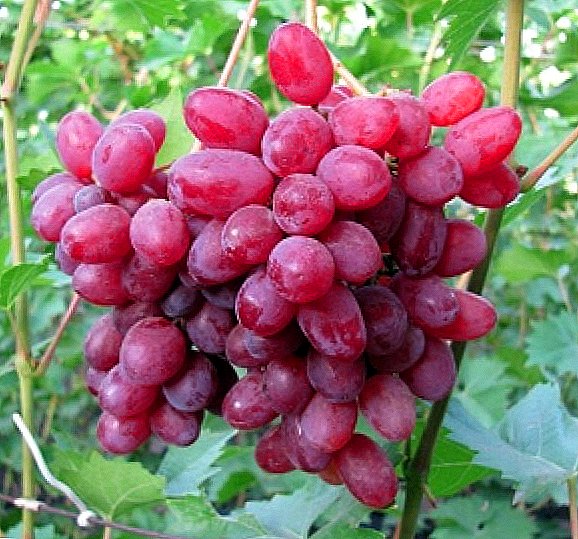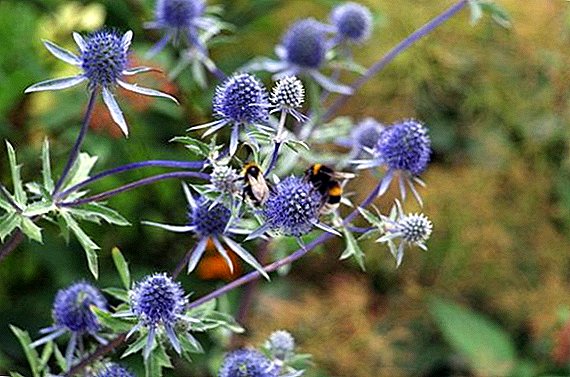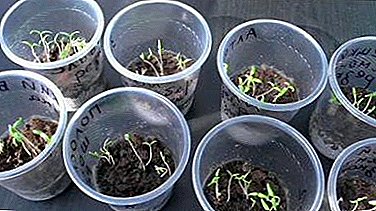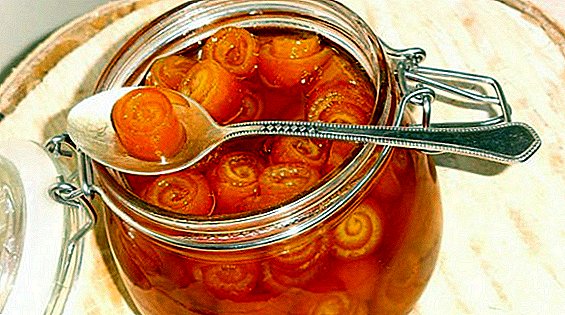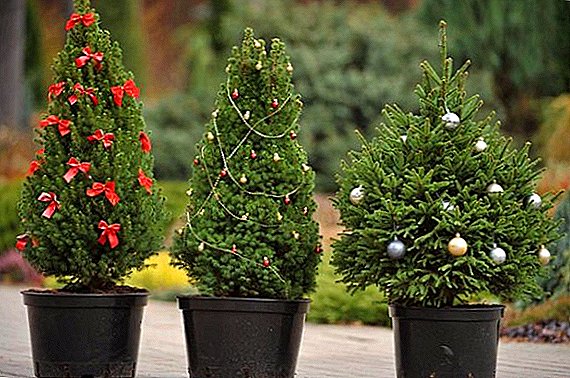 And the house, and the garden, and even the office - a universal and at the same time beautiful conic tree "Konika" will decorate any corner. Thick spruce does not need special care - if you follow the elementary rules, it is easy to grow such a beauty even at home. What is a Canadian tree - find out next.
And the house, and the garden, and even the office - a universal and at the same time beautiful conic tree "Konika" will decorate any corner. Thick spruce does not need special care - if you follow the elementary rules, it is easy to grow such a beauty even at home. What is a Canadian tree - find out next.
Description fir "Konica"
Canadian Spruce First Discovered for Horticulture over 100 years ago in the Netherlands. In itself, the tree is small, cone-shaped, it is even called dwarf. In a year a sapling can add up to 10 cm in length and up to 5 cm in width. The maximum length can be 4 meters, but the tree reaches this figure only by 60 years of age. Needles are soft, can grow up to 10 mm, light green. New growth is always brighter and juicier. This tree is fluffy and not at all prickly. It grows well in a place that is slightly shaded and protected from strong winds.

Perhaps this is one of the few firs that do not need a haircut, - the form always remains the same.
Important! Spring floods can destroy the plant. Therefore, seedlings need to stir on a dais or provide them with protection from flooding.
Supplies of needles are most often carried out from Holland, Poland and Denmark. However, it is possible to grow and breed these spruces, anywhere.

Kinds
There are several varieties of Canadian beauty. - "Konik Glauk" and "Albert Globe". They have small differences, but, in general, each of them will fit into any environment.
Learn more about the species of spruce, namely: barbed, ordinary, blue, Serbian
"Konica Glauka"
This is a naturally bred dwarf fir, which differs from other species by its accelerated growth in the first year of life. It is also a frost-resistant variety, so do not be afraid that the little tree will die. The first time you can see how the needles grow in height, while not very keeping its conical shape. Do not worry, as over time will begin and growth in diameter.

"Alberta Globe"
This species is much smaller than the rest. - Up to 1 meter in length and the same in diameter. The most important difference implies a name - the form of a globus-like shrub. The shoots are thin, short and grow slowly. Conifer needles are even thinner and sharper than the rest. There are also small cones of light brown color. It is more susceptible to cold than Konik Glauk.

Application
An evergreen shrub will always look good in landscape design. It can be any style - Oriental, European. A huge plus of this spruce is that compositions with it will always look advantageous due to almost unchanged dimensions. Therefore, the garden or the path to the house will look perfect at any time of the year. A tree will fit into any flower or bush composition, moreover, it will perfectly cope with the decoration of the territory. Especially well be able to decorate grassy lawns - emphasizing the simplicity and sophistication.

Rock gardens with stone mounds, sculptures and small ponds will look more impressive if you plant a number of dwarf spruce. Spherical or conical - It depends on the taste of the gardener, but it’s nice that you can choose not to combine, but to combine these types.
When choosing a coniferous plant for the site, yew, juniper, larch, pine, fir, araucaria, elfin cedar, myriac foxtail, cypress, cryptomeria, cedar, thuja should be considered closer.
Shrubs neat in appearance therefore, they will harmoniously look on small terraces, patio, green roofs, perfectly decorate the entrance to the house or garden. Near arbors, cone-shaped trees will also look good.
In addition, it is not necessary to contact the designers to make the composition. It is enough just to plant seedlings evenly, and between them any other plants, to make stone paths around them - and the garden will already look exclusive.

Care
Of course, the tree will look good only with proper care. The most important conditions are correct soil and watering.
Important! The tree can not be planted closely with other plants, otherwise the crown may begin to dry out. The minimum distance is 15 cm.
Preparing a seedling for planting:
- Choosing a place - hit the sun is acceptable if it happens through a scattered shadow. It is better to place on a small elevation, so that the roots do not flood in the spring.
- Pay attention to the soil - it should be wet and fertile. Loamy - at least average. You can create artificial - mix turf and leaf soil, sand and peat in a ratio of 2: 2: 1: 1.
- Spring, summer and autumn are great for disembarkation. However, in summer it is better to plant in open ground with a closed rhizome, that is, it should be ground from a pot so as not to overdry the root. Perfect weather - overcast, but without rain.

Soil care after planting:
- We monitor the humidity - especially the first time. But you can not pour a conifer tree.
- Hiding from direct sunlight with burlap.
- The soil should be loosened, not dense.
- In drought, you need to water the plant, spray branches in the summer with water, regularly provide fertilizing of soil with special coniferous fertilizers ("Appin", "Zircon", "Hole"). Do not forget about the mulching.

Is it possible to independently breed spruce "Koniku"?
Experienced gardeners save on buying plants - they multiply them. And Konica is no exception. Did you know? The largest conifer tree reaches 120 m - this is a giant sequoia.
Used for breeding "Koniki" cuttings and seeds. The first method is suitable for the spring period - young and beautiful twigs from the middle of the crown are carefully cut with the heel (piece of stem). Any cutting up to 11 cm will do. Next, the prepared branches are kept for about a day in a stimulating fluid. While the branches are saturated with solution, you need to prepare the ground. Loosen it, fertilize it and then plant our seedlings at an angle of 30 degrees.

In order for shoots to appear, it is better to keep saplings in a greenhouse, and in the next 6 months they have a root system. At this time, the future shrubs are better not to touch - just water and ventilate the room.
Seeds can be harvested from cones in the winter. After processing them with a stimulating solution, it is necessary to land it shallowly in the ground in a greenhouse and periodically water it.
By cuttings it is also possible to propagate clematis, laurel, plum, thuja, yoshtu, honeysuckle capricoleum, plumeria.
What could be the problem?
The most common problems faced by gardeners in growing Canadian spruce are yellowing and dropping needles, fungal diseases and parasites. The yellowing of the branches and the subsequent falling of the needles can be caused by the following reasons:

- Insufficient or excessive watering. In the same way, the swampiness of the soil with the wrong care will also have a negative effect.
- Late disembarkation. Since mid-autumn, when the probability of frost increases, it is better not to try to plant a tree, otherwise it will not have time to settle down.
- Direct sunlight. They can burn out the twigs and because of this they will begin to turn yellow.
- The formation of fungi and the invasion of parasites can lead to the withering of the bush. For prophylaxis, it is possible to spray the tree with Fundazol once a couple of weeks (10 g of the drug will be needed for 10 liters of water).
If you want to grow a beautiful, tall and lush spruce, learn how to protect it from disease.
Pests
Canadian Koniku sometimes does not save pests from even perfect care. Therefore, you need to know what diseases conifers can wait and how to deal with them. Bark beetle - a parasite from which the funds have not yet been found. He eats wood, and the larvae eat rhizomes, being underground. The tree very quickly begins to wither, and in this case it is better to dig up a bush and burn it, so as not to infect others. It is quite difficult to notice this pest, but there are some signs:

- the formation of resin drips on wood;
- the presence of drilling flour;
- wilting bush
Did you know? The oldest representative of coniferous trees grows in North America - this pine tree is more than 4 and a half thousand years old.
Also very often the so-called Schutte's disease - it is provoked by fungi. The name itself translates as "pour". It is precisely to the shedding of needles that the parasite leads. "Konica" gives in to such a variety of this ailment as snowy Shutte. This disease develops under snow at a temperature of 0 ° C. Most often it affects those conifers, which are covered with snow more than half a meter. Symptoms:

- the color of an infected tree varies from light olive to marble;
- after the snow has melted, you can notice a gray patina;
- after that, the spruce turns red and gray, and dark spots are visible on the needles;
- needles begin to crumble.
In less advanced cases, a solution of 1% DNOC can save the plant.
Also, parasites such as spruce false shields. On the branches of the tree, smooth and shiny formations can be seen, of spherical shape - these are females, covered with a scutum under which they lay eggs. You can learn the disease by the following symptoms:

- meditating on spruce — yellow clumps of excrement and non-digestible sugars appear on pins and needles;
- ants and other insects begin to crawl into the tree and go to the honey deposits;
- branches become weaker, and needles may begin to crumble.
Saves the plant spraying "Karbofos", "Aktellikom."
Often a coniferous bush can attack and aphid. It can be seen on the following symptoms:

- needles turn yellow and begin to crumble;
- If you substitute white paper under the branches and shake them, then black parasites will appear on it - this is aphid.
Learn about the measures to combat the pest of conifers - Hermes.
Canadian Spruce itself - a beautiful decoration of any garden or terrace. However, in order for the evergreen tree to delight you with its beauty and brightness for more than one year, the plant requires care. Adhering to all the rules, you will not only save the bush from death, but also be able to prevent the appearance of diseases.


